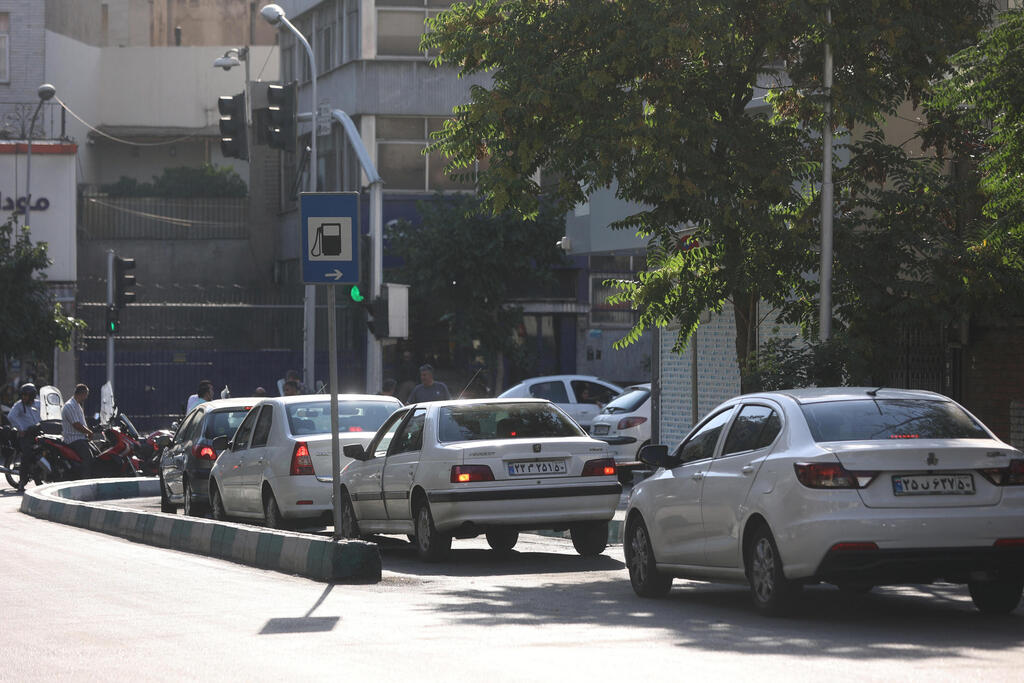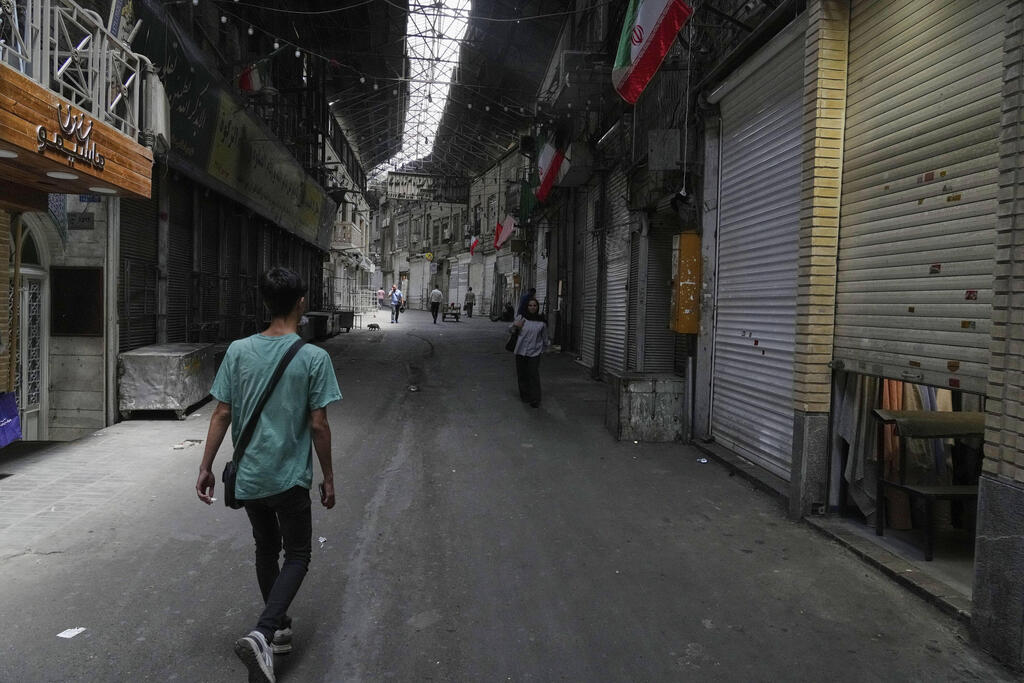As history has shown us — and as countless examples attest — economic strength is inseparable from a nation’s ability to wage war. A stable, resilient economy can carry a country through prolonged conflict. A weak or mismanaged one can’t last long once the pressure builds.
So where does that leave Iran?
The short answer is in the dark. Reliable data is scarce, often outdated and riddled with political distortion. Even the International Monetary Fund, where Iran holds membership, hasn’t released a meaningful economic assessment of the country in seven years. Back then, it came with a harsh disclaimer: Iran’s official figures couldn’t be trusted. The numbers were skewed by political interests and offered little resemblance to conditions on the ground.
But this goes beyond flawed statistics — the problem is structural. Much of Iran’s economy is tightly held by shadowy entities: the Revolutionary Guards, government-affiliated foundations, religious trusts. Oversight is virtually nonexistent. Cash moves behind closed doors. Prices are often set arbitrarily. Inflation figures fail to reflect what people actually pay. Shortages of basic goods are common.
Even so, some economists — including a number of Iranian-born analysts at the World Bank — have tried to put together a clearer picture. According to their most recent report, published last summer, Iran’s per capita income hasn’t really budged in the past 25 years. Meanwhile, other developing nations have seen their living standards rise by dozens of percentage points.
Labor participation is dismal: Fewer than 42% of adults are employed, and among women, the rate plunges to 14%. And of those who do work, nearly 70% are stuck in the informal economy — meaning they earn under-the-table wages with no contracts, no protections, no benefits.
The talent drain is staggering. Over the past decade, more than a million Iranians with university degrees have left the country. The reasons are obvious: not enough jobs, no room for ambition, and no real place in the system for young people or women. The few industries that once offered hope — like energy — are now hollowed out.
2 View gallery


Massive traffic jams in Tehran following Israeli bombing
(Photo: Majid Asgaripour/WANA)
Iran’s oil and gas sector, once a prized national asset, has fallen far behind the global standard. Sanctions and the exit of foreign firms have left it technologically outdated. Even domestic demand can’t always be met. Blackouts are frequent. Water is scarce. Fuel is short. Yet mosques are built, and uranium continues to be enriched.
When Israeli airstrikes recently hit, Tehran descended into gridlock. Traffic crawled for hours — not just because of panic, but because the infrastructure is crumbling. The World Bank issued a grim warning: if Iran gets pulled into a direct war with Israel, the economic fallout could be severe. A 10% drop in GDP. Inflation shooting up. Currency in freefall. Investment drying up. And even that might be a generous forecast.
Get the Ynetnews app on your smartphone: Google Play: https://bit.ly/4eJ37pE | Apple App Store: https://bit.ly/3ZL7iNv
Defense spending tells its own story. According to Sweden’s SIPRI institute, Iran’s annual defense budget is around $7.5 billion — roughly 2.2% of GDP. Israel’s, by comparison, sits at $25 billion. Iran’s total economy is worth $340 billion. Israel’s is $500 billion — despite having one-ninth of Iran’s population.
Iran’s nuclear ambitions haven’t helped its people either. The program has cost the regime over $100 billion — with no commercial benefit to show for it. That money could have built hospitals, schools, research labs. Instead, it was poured into centrifuges and secrecy. The result? An impoverished population and a brittle economy.
Fleeing Tehran
In its current state, Iran simply doesn’t have the resources to survive a drawn-out war with Israel. It can barely manage its own internal demands. Years of sanctions and foreign divestment have left deep scars — and the average Iranian is the one paying the price.
The regime doesn’t seem to mind. Its leaders are driven not by economics or the public good, but by the need to cling to power. And that obsession has pushed the country to the edge of collapse.






